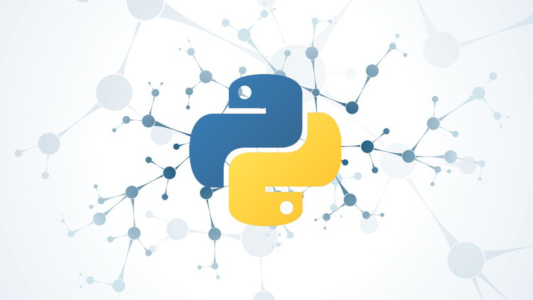In Python an array can be either of type list or of type tuple with the constraint that it is immutable. One of the key features of a list is that it can be dynamically resized, values can be deleted or inserted at arbitrary locations in the list.
- Instantiate:
A = [3, 5, 8, 13]A = [1] + [0] * 10A = list(range(10))A = [[1, 2, 4], [3, 5, 7, 9], [13]]for 2D array
- Basic operations:
len(A)A.append(42)A.remove(2)A.insert(3, 28)
- Check if a value is in an array:
if a in A:
- Copy:
B = Avs.B = list(A)copy.copy(A)vs.copy.deepcopy(A)
- Methods:
min(A)max(A)- binary search for sorted lists:
bisect.bisect(A, 6)bisect.bisect_left(A, 6)bisect.bisect_right(A, 6)
A.reverse()(in-place) vs.reversed(A)(returns an iterator)A.sort()(in-place) vs.sorted(A)(returns a copy),del A[i](deletes the i-th element)del A[i:j](removes the slice)
- Slicing - given an array
A = [1, 6, 3, 4, 5, 2, 7]:A[2: 4]returns[3, 4]A[2:]returns[3, 4, 5, 2, 7]A[:4]returns[1, 6, 3, 4]A[:-1]returns[1, 6, 3, 4, 5, 2]A[-3:]returns[5, 2, 7]A[-3: -1]returns[5, 2]A[1: 5: 2]returns[6, 4]A[5: 1: -2]returns[2, 4]A[::-1]returns[7, 2, 5, 4, 3, 6, 1](reverses list)
- List Comprehension: An in-depth overview can be found here, written by Steven Rosa.

